I have a few little friend who came to me this year with comparing/contrasting goals. Typically, I will use Venn Diagrams with my kids because it is a nice visual presentation of the skill. But what about when your kids are writing or reading yet? Yes, I could put the Venn Diagram on the board but that still wouldn’t be helpful because my kids wouldn’t be able to read what I had written. I could use pictures and put those in each circle but it can be hard to find the ‘right’ visual for some concepts and to find the time to prep it all. In a moment of frustration I reached for the playdough and found this little trick to have a big impact!

We had two colors, one to represent the each of the different items and then they would combine the colors for the similarities. We decided green on blue and green this day. I used the same color expo markers on the board. My kids had laminated Venn Diagram pages and I drew a large and unfortunately lop-sided Venn Diagram on the board. We used the EET to help us figure out what areas we could think about to compare and contrast. Then, as we went through each bead my kids either put one blue/green play dough ball in the middle if the information was the same ( and I would write it on the board ) or a green and blue ball, one on each circle, for the differences. When we were done going over both items they got to smash the play dough.
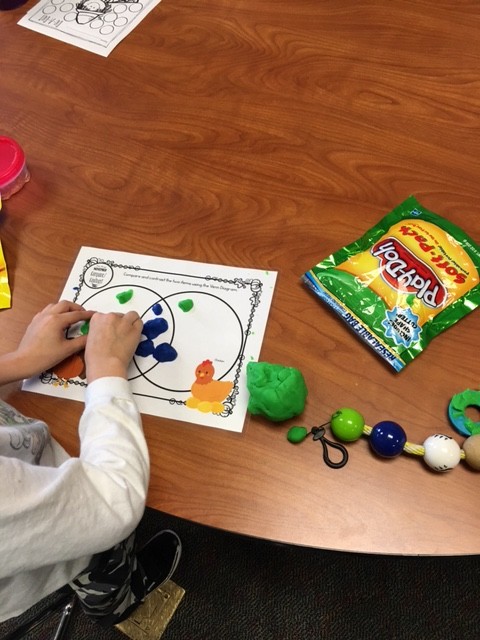
I was pleasantly surprised at how quickly they picked up the idea of how to use the diagram! Hopefully this little trick will help you out if you wanted to use Venn Diagrams more. If you use Venn Diagrams a different way with non-readers I would love to hear it.

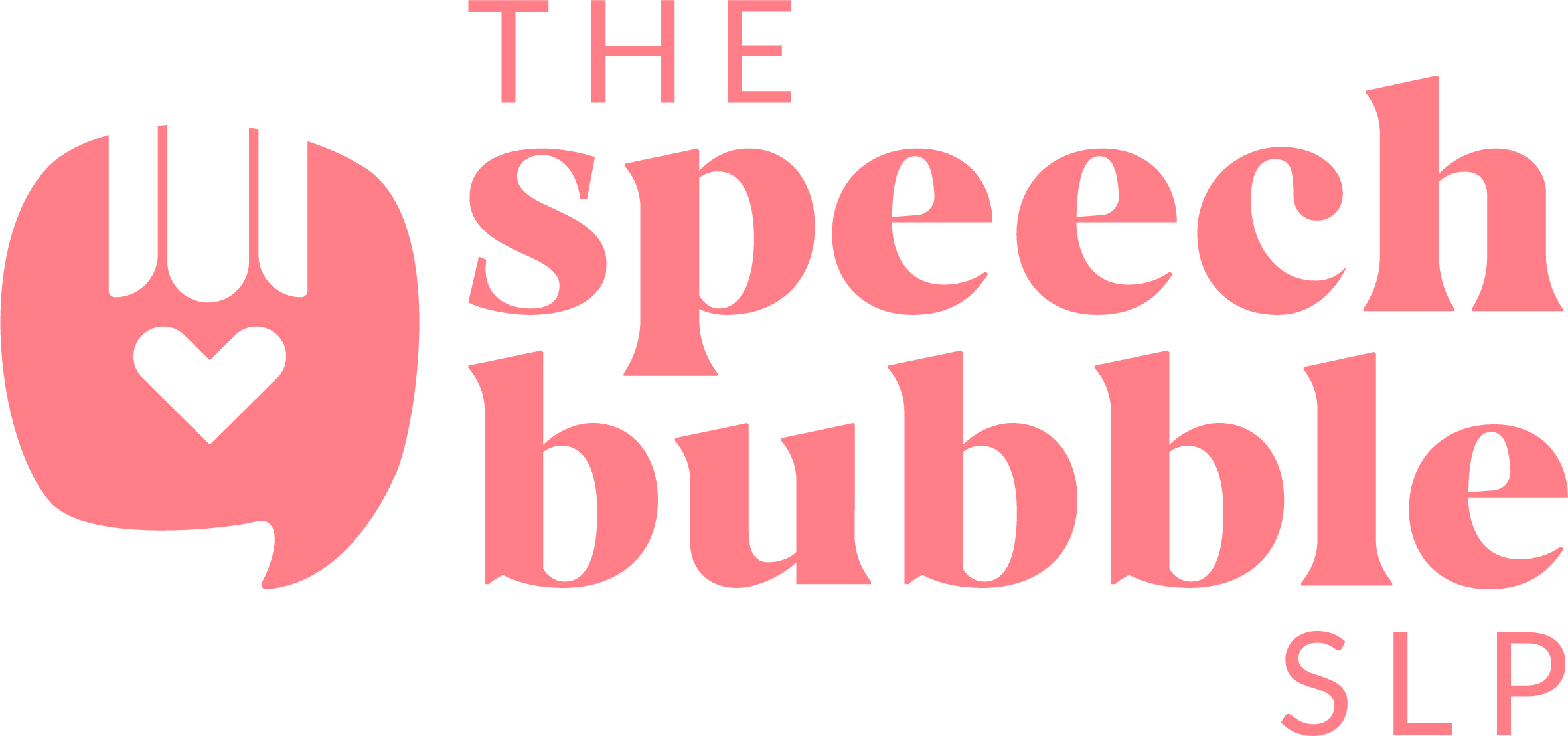






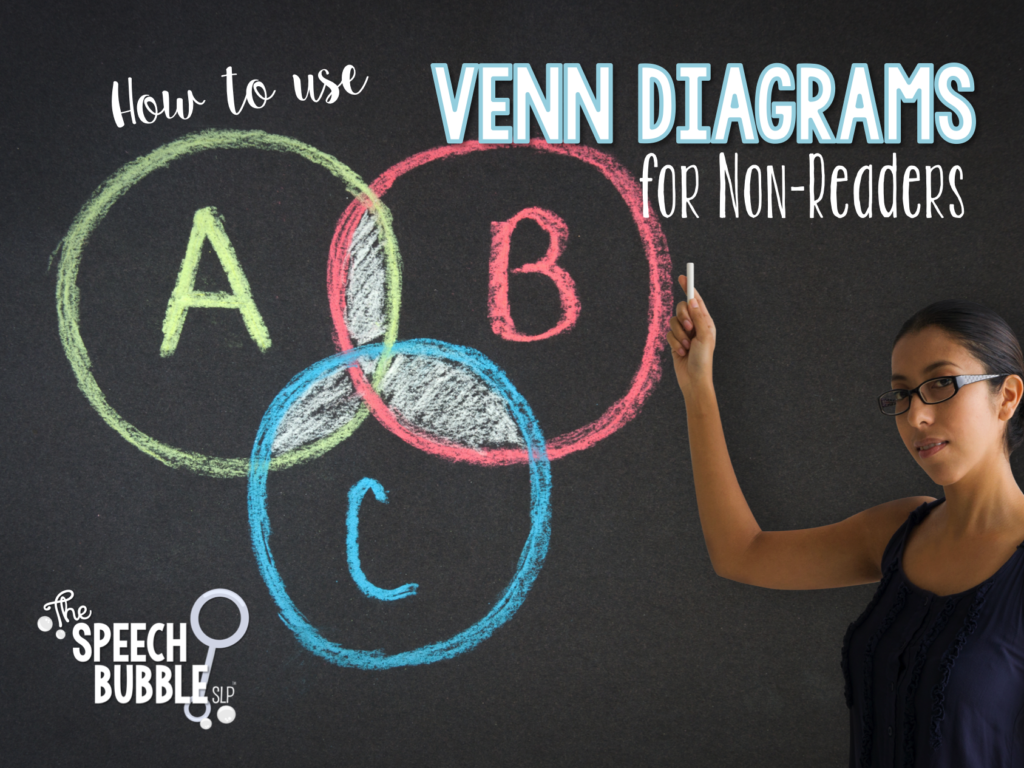
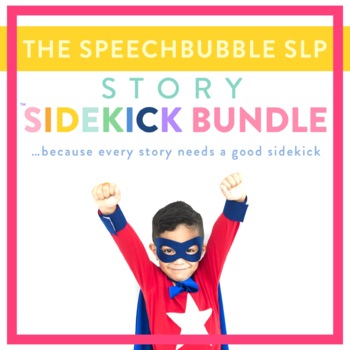








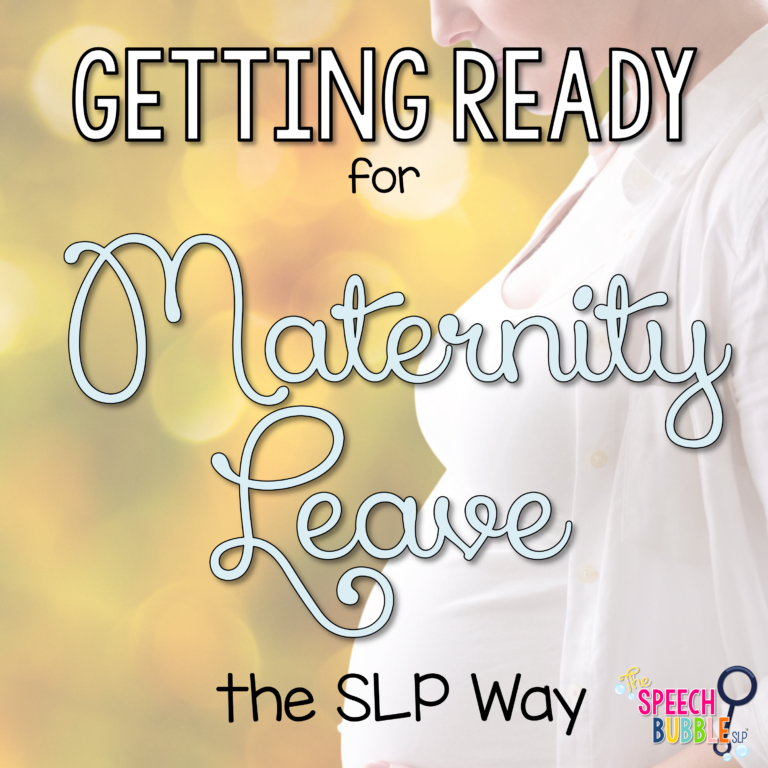


3 Responses
I LOVE this idea! Multi-sensory and builds TONS of oral language!
Thanks Erin 🙂
I love this idea!! Just what I needed to read. Some of my little ones struggled to stay engaged, so I love the idea of using play dough. Planning to make some play dough over the break!